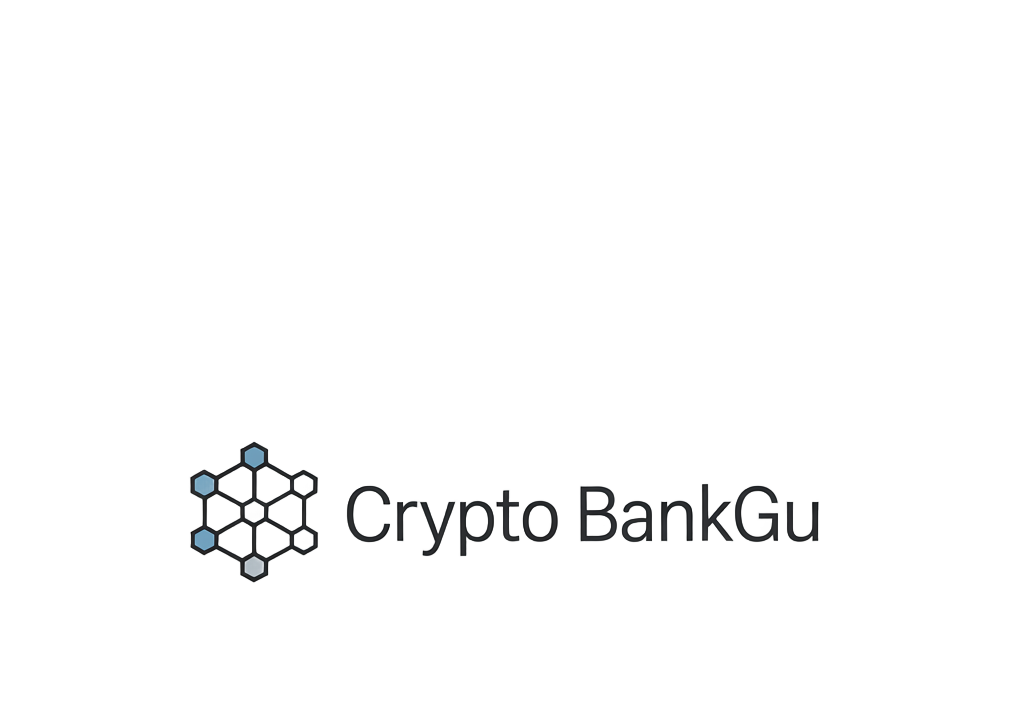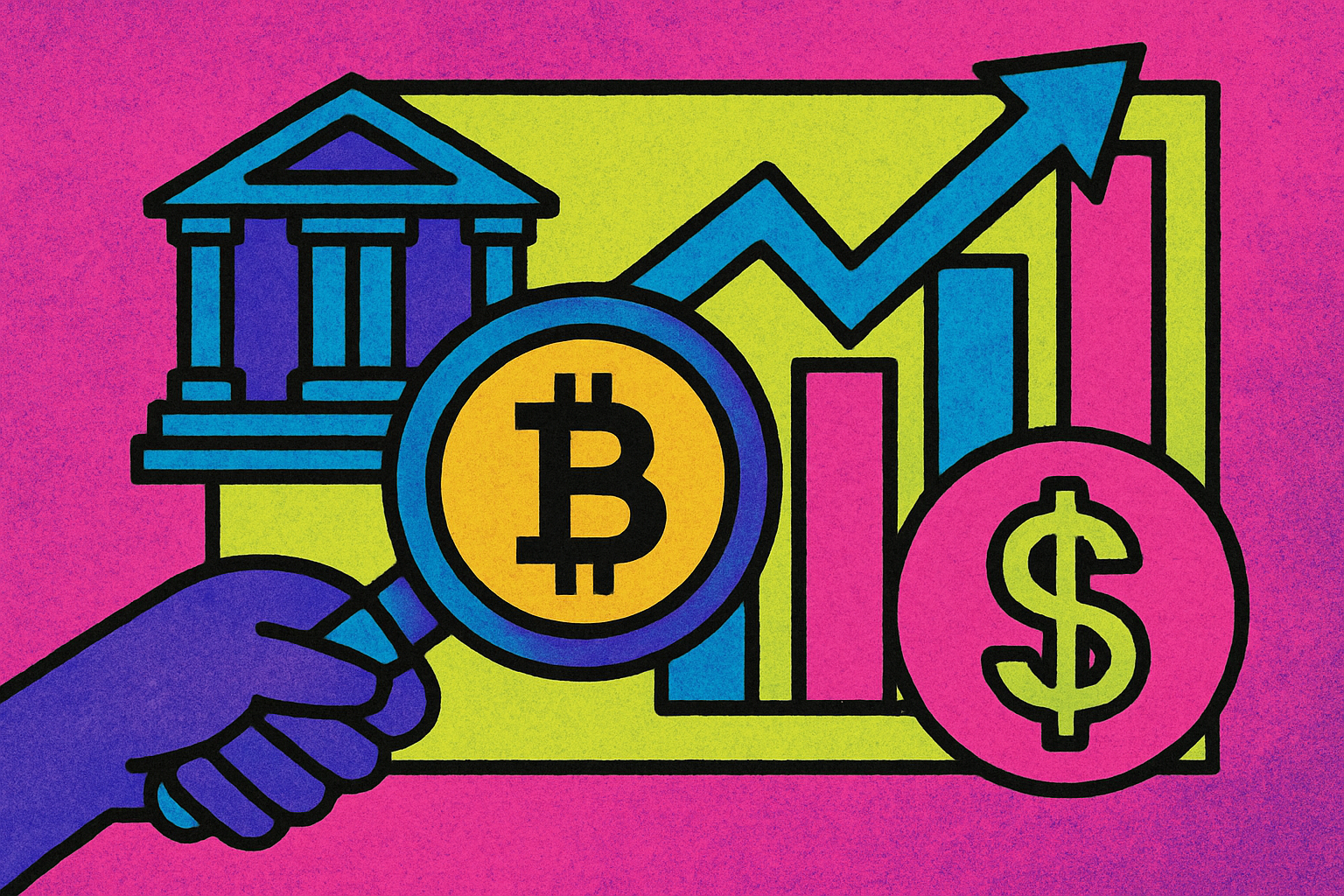
U. S. banks have entered a new era of digital finance in 2024, rapidly scaling up their crypto custody and payment services. This shift isn’t just a headline – it’s a structural overhaul fueled by regulatory clarity, institutional demand, and the race to stay relevant as crypto-native competitors like Anchorage Digital Bank continue to set the benchmark for secure, compliant custody. If you’re tracking crypto custody banks 2024 or want to understand how U. S. banks crypto payments are evolving, this is where the action is.
![]()
Regulatory Shifts: The Catalyst for Bank-Led Crypto Innovation
The landscape changed dramatically in March 2025 when the OCC issued guidance allowing national banks to engage in select crypto activities – including asset custody and stablecoin operations – without prior approval. This wasn’t just another memo; it was the green light traditional banks needed after years of regulatory uncertainty. The SEC’s January 2025 reversal of Staff Accounting Bulletin 121 further underscored this momentum, restoring confidence that banks could safely handle digital assets alongside their core business.
This regulatory clarity has already produced tangible results: federal regulators now allow banks greater freedom to participate in digital asset markets, provided they maintain robust risk frameworks. That’s why we’re seeing heavyweights like U. S. Bancorp, JPMorgan Chase, and Citigroup rolling out new services at breakneck speed.
Banking Giants Dive In: Custody and Payments Initiatives Accelerate
U. S. Bancorp made headlines in September 2025 by resuming its bitcoin custody service for institutional clients, now with support for bitcoin ETFs and NYDIG as sub-custodian. This move bridges the gap between traditional finance and digital assets, offering institutions investment-grade security and risk controls that rival any crypto-native firm.
JPMorgan Chase, never one to lag behind, inked a partnership with Coinbase in July 2025 that allows Chase credit card holders to purchase cryptocurrencies directly on Coinbase, and even redeem rewards as USDC stablecoins. It’s a bold step toward mainstreaming crypto payments and making digital assets as accessible as airline miles or cashback.
The momentum doesn’t stop there: In October 2025, a consortium including Bank of America, Goldman Sachs, and Citigroup announced plans to explore issuing stablecoins pegged to G7 currencies, an initiative targeting both compliance and global competitiveness.
Top U.S. Banks Advancing Crypto Custody & Payments in 2024
-
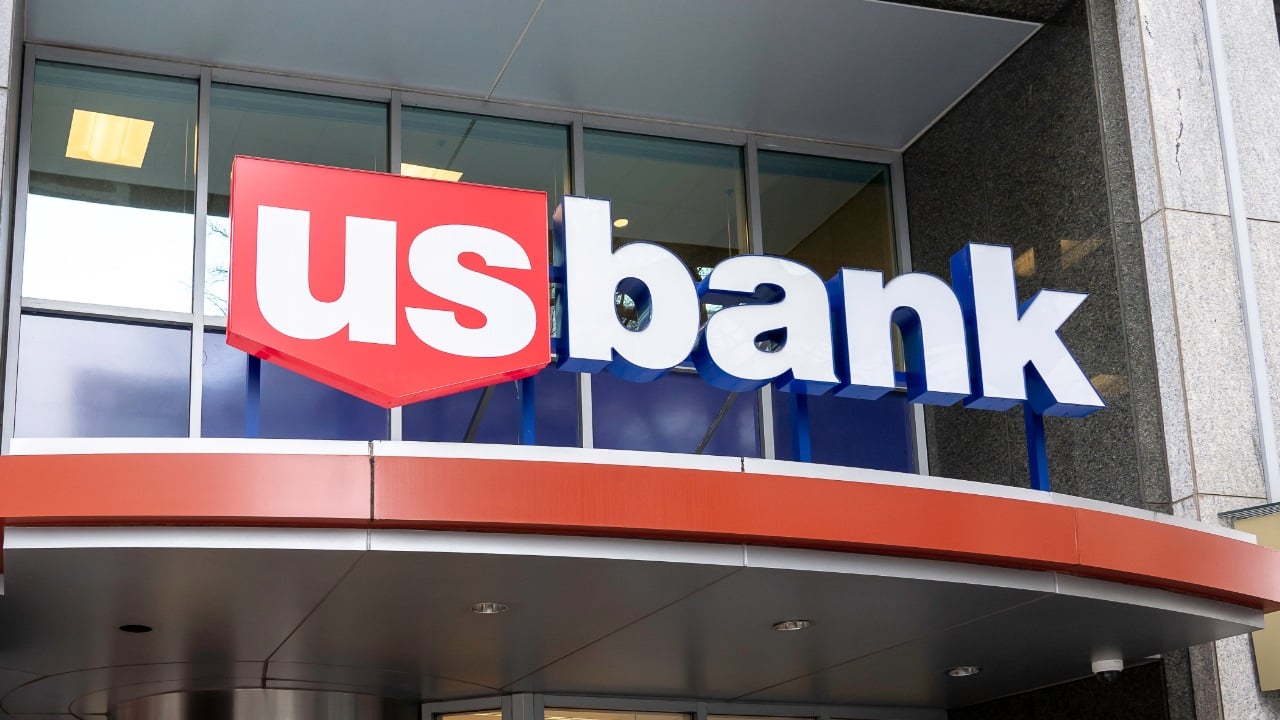
U.S. Bancorp resumed its bitcoin custody services for institutional clients in September 2025, supporting both direct bitcoin holdings and bitcoin ETFs. The bank leverages NYDIG as a sub-custodian and has expanded its digital asset division to include payment and settlement solutions.
-
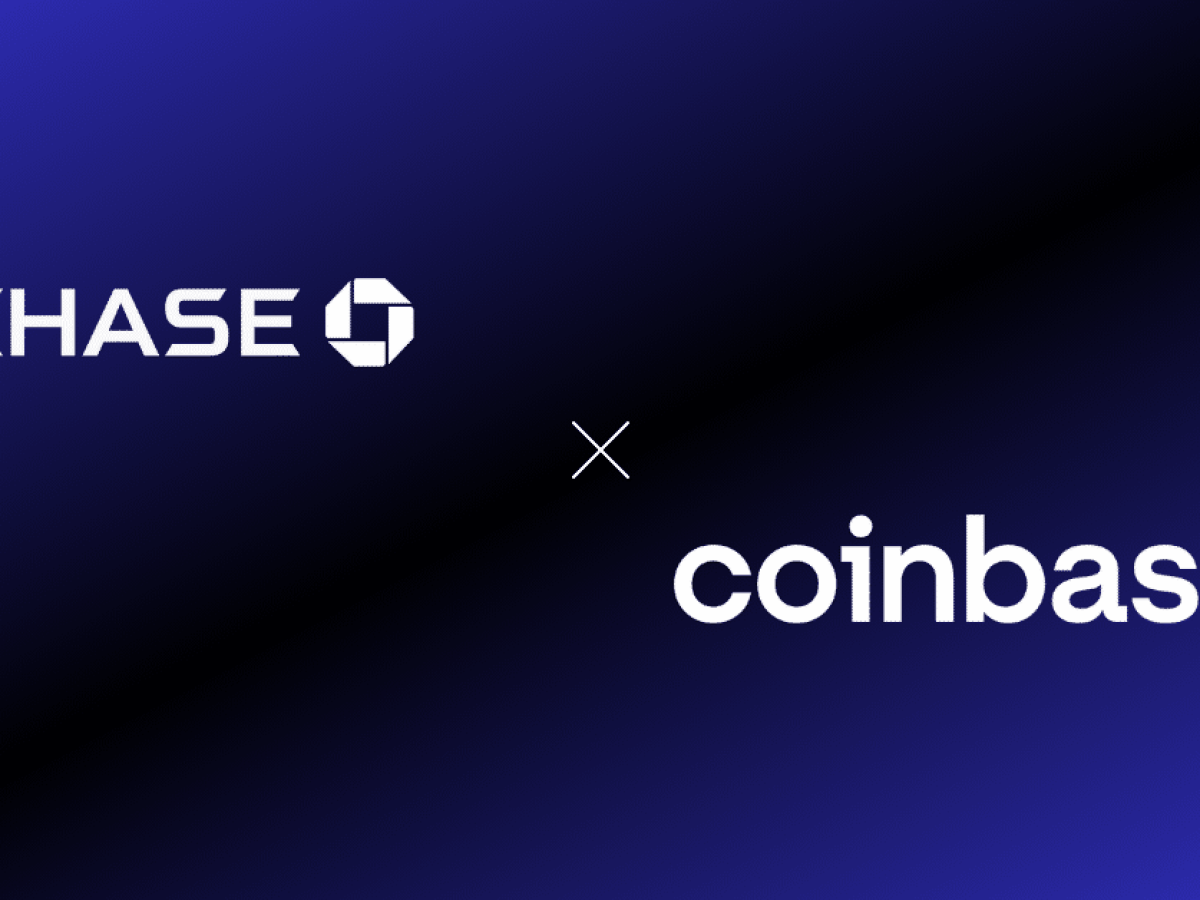
JPMorgan Chase partnered with Coinbase in July 2025, enabling customers to use Chase credit cards for crypto purchases on Coinbase. The service also allows direct account linking and lets customers redeem credit card rewards for USDC stablecoin.
-

A Consortium of Major Banks—including Bank of America, Goldman Sachs, and Citigroup—launched a joint initiative in October 2025 to explore issuing stablecoins pegged to G7 currencies, focusing on compliance and risk management for tokenized fiat assets.
-

Anchorage Digital Bank, the only crypto-native bank with a U.S. federal charter, continues to provide crypto custody services for institutional clients, including custody for stablecoin reserves in partnership with U.S. Bank.
-
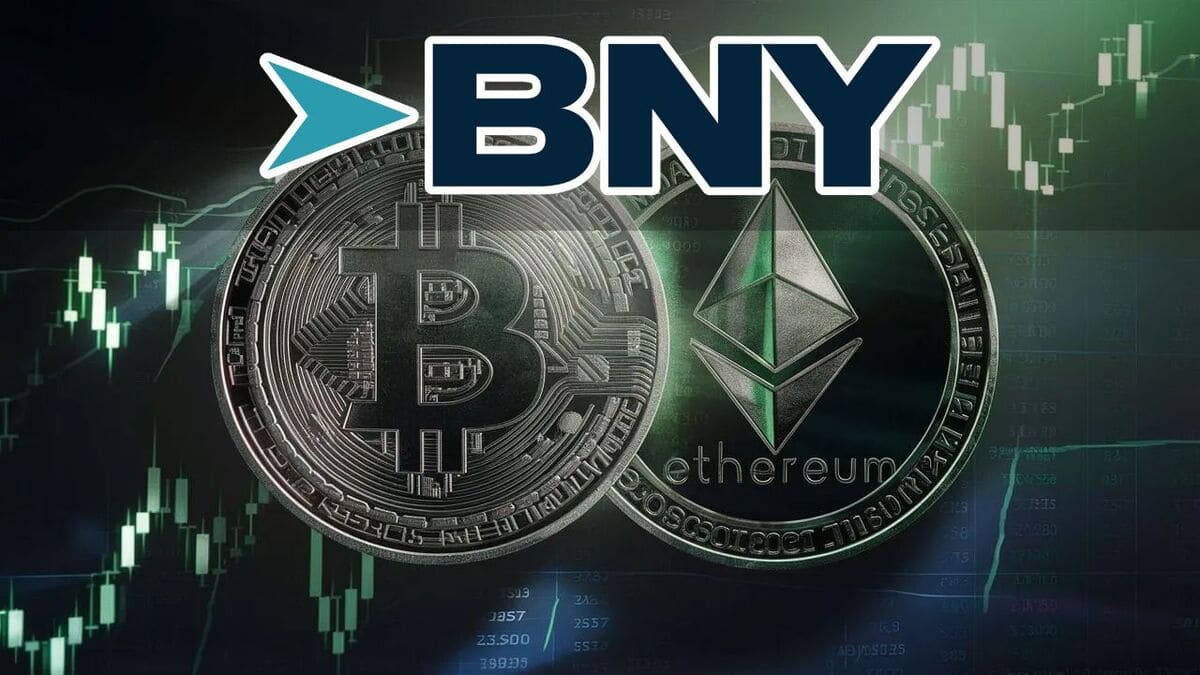
BNY Mellon remains a leading provider of crypto custody solutions for institutional investors, leveraging its established infrastructure to support digital asset safekeeping and settlement.
Market Impact: Traditional Finance Meets Digital Assets
This wave of integration is reshaping market dynamics, and not just for fintech insiders. As of October 17,2025:
- JPMorgan Chase and Co. (JPM): $298.54
- Bank of America Corp. (BAC): $50.44
- Citigroup Inc. (C): $96.26
- Wells Fargo and Co. (WFC): $84.00
- Goldman Sachs Group, Inc. (GS): $758.09
- Morgan Stanley (MS): $160.02
The current downward trend across these stocks may reflect broader market volatility rather than skepticism about crypto integration itself, if anything, these moves are positioning major U. S. banks for relevance in a tokenized future.
The New Standard: Institutional Crypto Custody Gets Sophisticated
Banks are no longer dipping their toes, they’re building full-fledged divisions dedicated to institutional crypto custody solutions. U. S Bank’s early-access programs now offer investment-grade security protocols once reserved for only the most advanced fintechs; BNY Mellon and State Street are rolling out parallel services tailored for hedge funds and asset managers seeking compliant exposure to bitcoin ETFs and stablecoins.
Key Features of Top Institutional Crypto Custody Providers
-

Regulatory Compliance & Qualified Custodian Status: Leading providers like U.S. Bank and Anchorage Digital Bank operate under direct federal oversight, ensuring adherence to OCC and SEC guidelines for institutional-grade security and compliance.
-
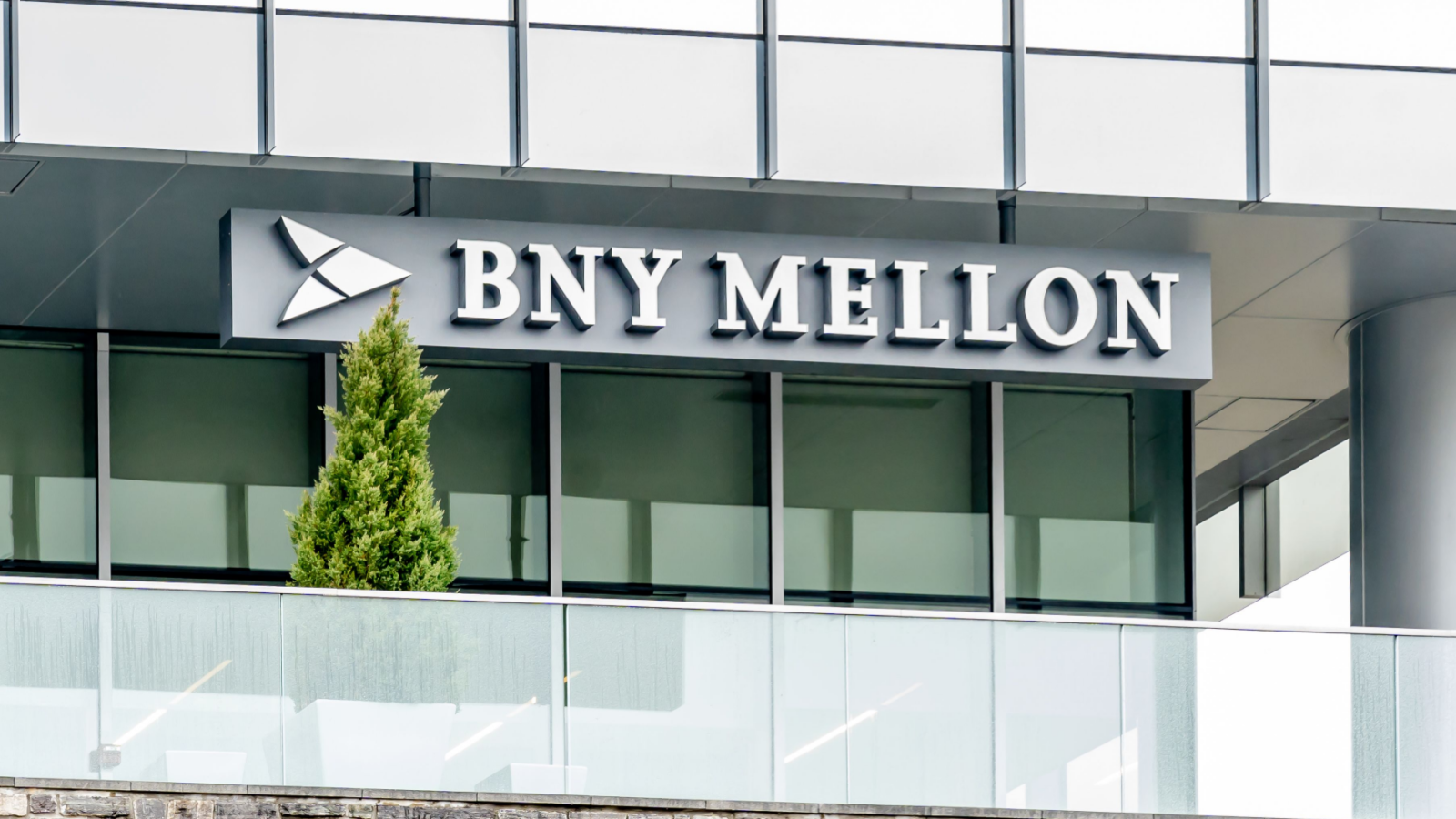
Multi-Asset Support: Institutions such as BNY Mellon and State Street offer custody for a broad range of digital assets, including bitcoin, ethereum, and tokenized securities, enabling diversified portfolio management.
-

Insurance & Risk Management: Providers like Anchorage Digital and Safeheron deliver robust insurance coverage and advanced risk controls, safeguarding assets against cyber threats and operational risks.
-
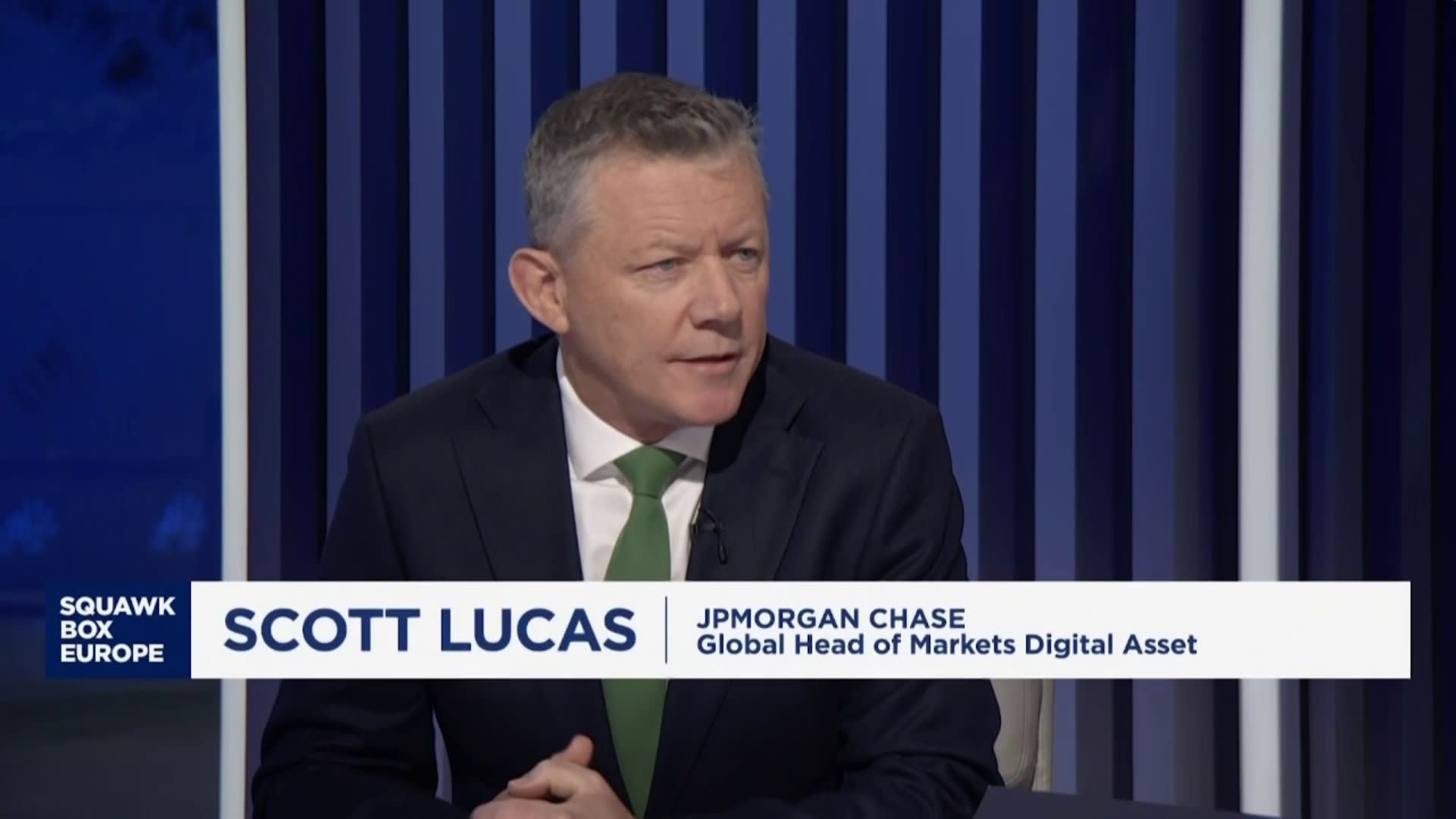
Integration with Traditional Finance: U.S. Bank and JPMorgan Chase bridge digital and traditional assets by supporting ETF custody and seamless fiat on/off ramps, enhancing institutional access and liquidity.
-
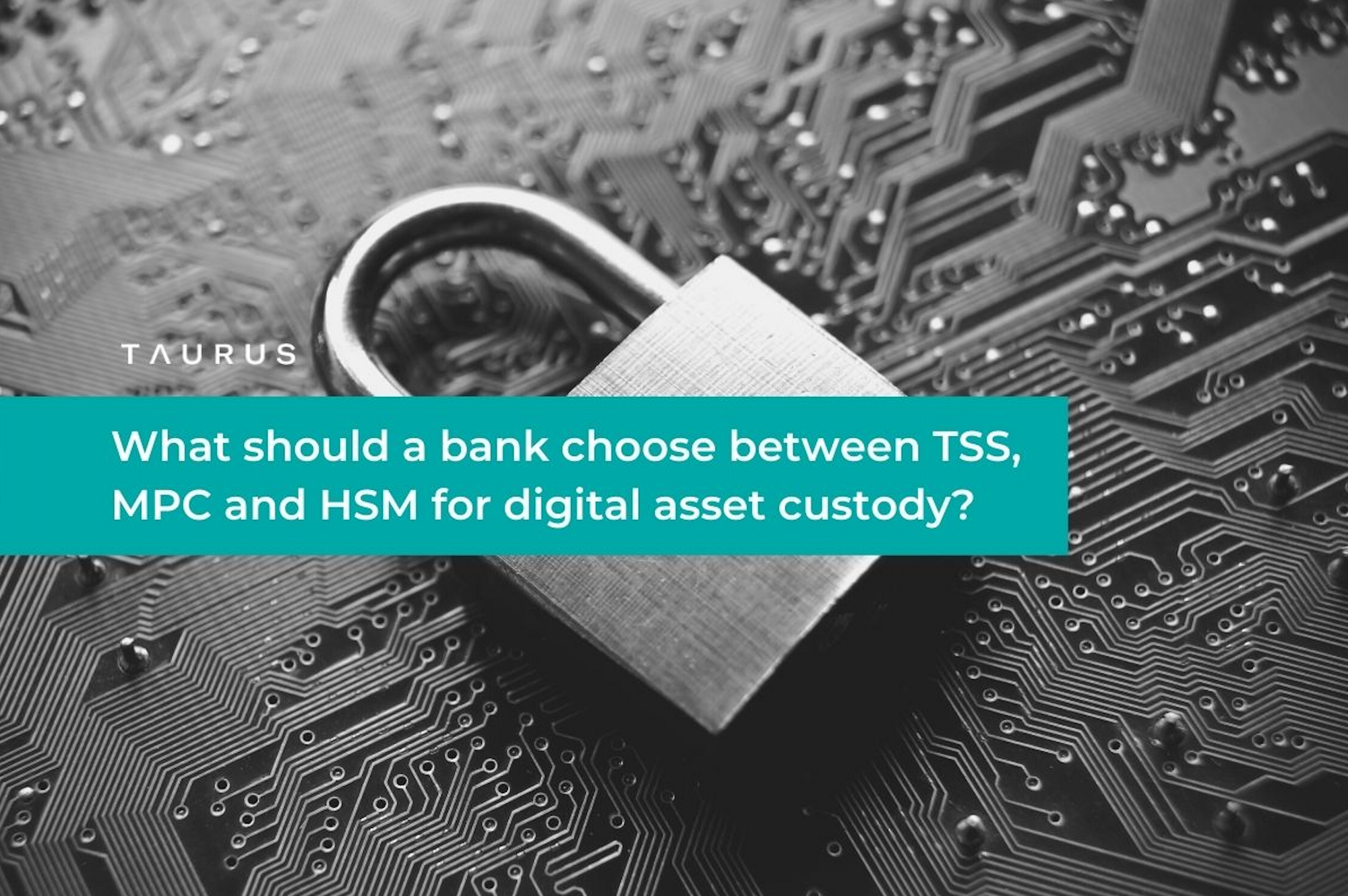
Advanced Security Infrastructure: Top custodians employ hardware security modules (HSMs), multi-party computation (MPC), and biometric authentication to protect digital assets at scale.
-

Client Reporting & Transparency: Institutions benefit from real-time reporting, audit trails, and compliance dashboards, as offered by BNY Mellon and State Street, ensuring transparency and regulatory readiness.
What’s truly game-changing is the convergence of traditional risk management with blockchain-native controls. Top crypto custody banks 2024 are leveraging multi-signature wallets, real-time auditing, and direct integration with regulated stablecoin issuers. This isn’t just about cold storage; it’s about seamless compliance and operational resilience at scale. With Anchorage Digital Bank still the only federally chartered crypto-native bank, legacy institutions are racing to match its technical rigor, while layering on decades of trust and regulatory experience.
Meanwhile, the institutional appetite for secure, regulated crypto custody is driving banks to innovate. BlackRock-sponsored funds and other major asset managers are now entrusting billions in digital assets to bank-grade custodians, moving away from offshore or unregulated alternatives. The result: a virtuous cycle of credibility, liquidity, and mainstream adoption that’s impossible to ignore.
Payments Evolution: From Credit Cards to Stablecoins
On the payments front, U. S. banks are rapidly closing the gap with fintech disruptors. JPMorgan’s partnership with Coinbase isn’t just headline fodder, it’s a template for how U. S. banks crypto payments will work in practice: direct card-to-crypto purchases, rewards redemption in USDC, and frictionless account linking. Expect other banks, like PNC, KeyBank, and Citi, to follow suit as demand for crypto-native rewards and payment rails explodes.
There’s also a strategic push to bridge on-chain and off-chain value. The G7 stablecoin consortium led by Bank of America, Goldman Sachs, and Citigroup is a clear signal that banks want to own the rails for both fiat and digital currencies. If successful, this could set a global standard for compliant, bank-issued stablecoins, turning what was once a regulatory headache into a competitive advantage.
For retail and business clients, these changes mean more choices and fewer barriers. Whether you’re a fund manager seeking institutional custody, a small business accepting crypto payments, or a retail customer redeeming credit card points for USDC, the lines between traditional and digital banking are blurring fast.
What’s Next? Crypto Banking Regulation and Competitive Edge
Looking ahead, the competitive field is set to intensify. As regulatory frameworks stabilize, expect even more banks to launch bespoke custody services and payment innovations. The focus will shift to user experience, cross-border settlement, and integrating decentralized finance protocols, all while maintaining the gold standard in compliance.
For those tracking crypto banking regulation USA, the next battleground will be interoperability: can banks create seamless pathways between fiat, stablecoins, and crypto assets without sacrificing security or regulatory clarity? With the latest OCC guidance and SEC policy reversals, the answer is looking more optimistic than ever.
How U.S. Banks Are Advancing Crypto Adoption in 2024
-

U.S. Bancorp resumed institutional bitcoin custody in September 2025, now supporting bitcoin ETFs and leveraging NYDIG as sub-custodian. This move positions U.S. Bank as a leading provider of secure digital asset storage for institutional investors.
-

JPMorgan Chase partnered with Coinbase in July 2025, allowing Chase credit card holders to purchase cryptocurrencies and redeem rewards for USDC stablecoin. This integration bridges mainstream banking and crypto payments for millions of users.
-
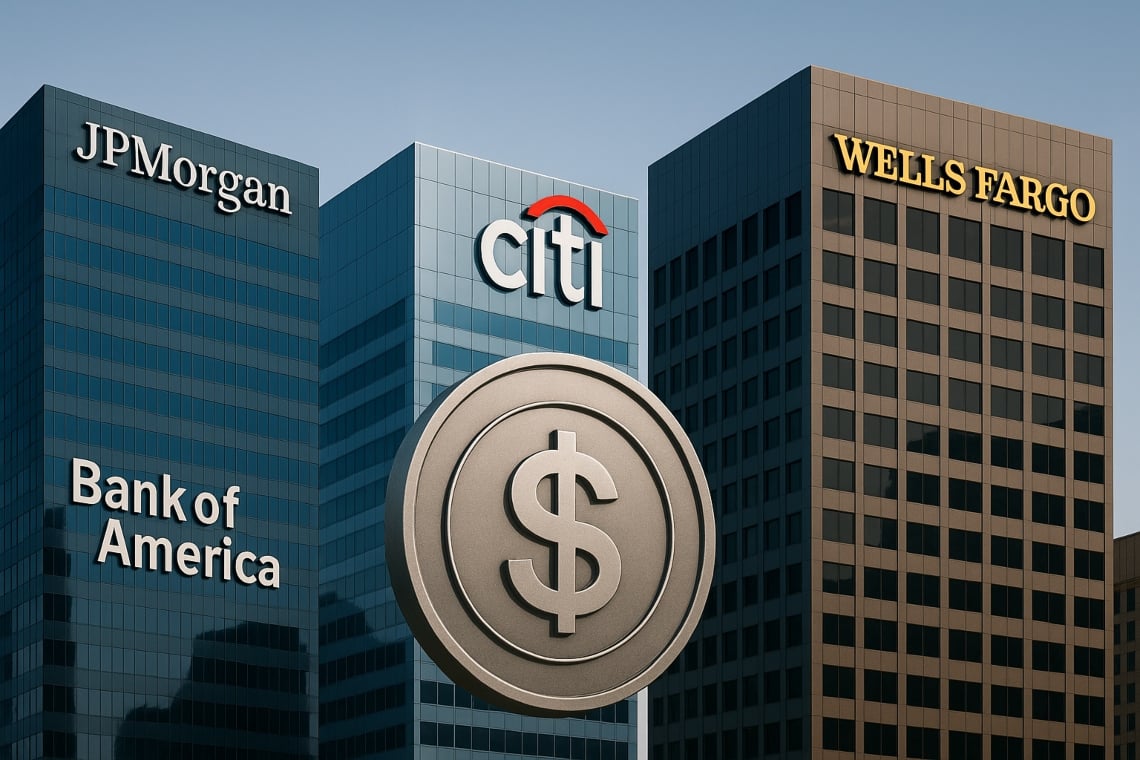
A consortium of ten major banks—including Bank of America, Goldman Sachs, and Citigroup—launched a joint initiative in October 2025 to explore issuing stablecoins pegged to G7 currencies. The project focuses on compliance, risk management, and leveraging blockchain for efficient cross-border payments.
-
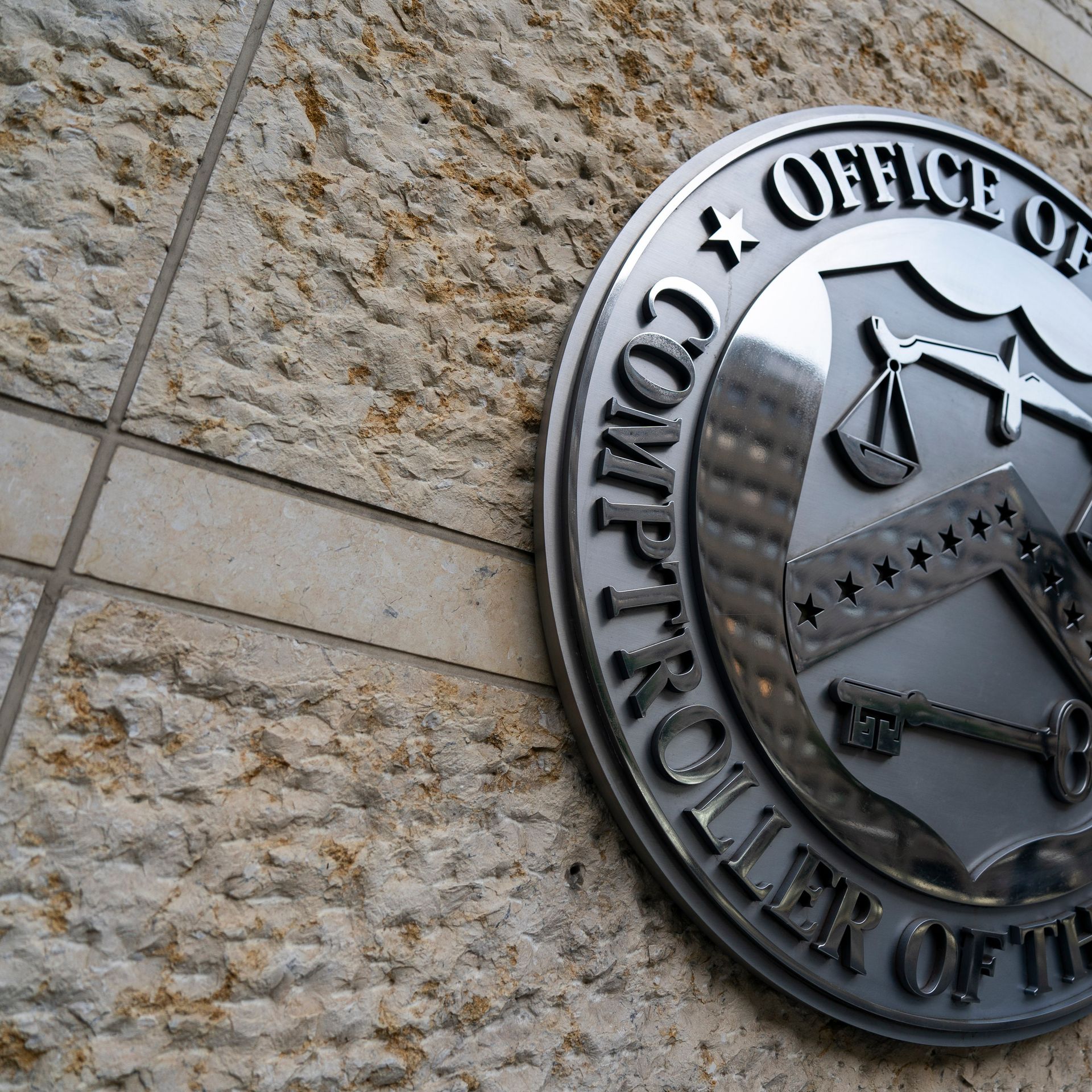
Regulatory clarity from the OCC in March 2025 enabled national banks to engage in crypto custody and stablecoin operations without prior approval, accelerating adoption and innovation across the sector.
-

Anchorage Digital Bank remains the only crypto-native U.S. bank with a federal charter, providing institutional-grade digital asset custody under direct federal oversight and setting industry standards for security and compliance.
The bottom line: U. S. banks aren’t just reacting to the crypto revolution, they’re actively shaping it. As of October 17,2025, with JPMorgan at $298.54, Bank of America at $50.44, Citigroup at $96.26, Wells Fargo at $84.00, Goldman Sachs at $758.09, and Morgan Stanley at $160.02, these institutions are signaling a long-term bet on digital assets despite short-term volatility. For investors and clients alike, this is a pivotal moment to watch, and participate in, the future of finance.
